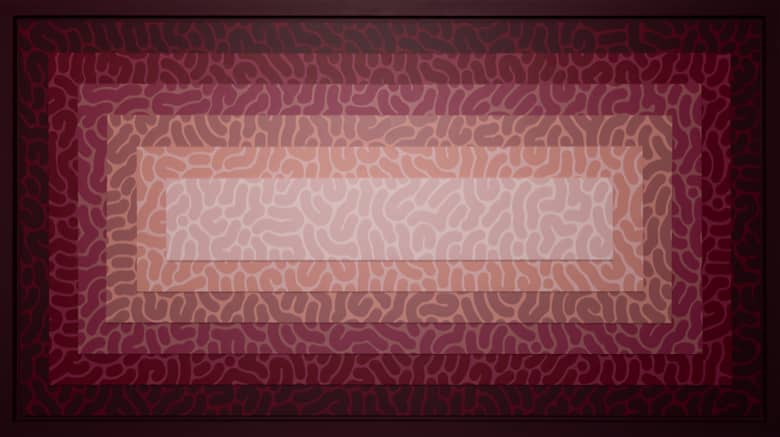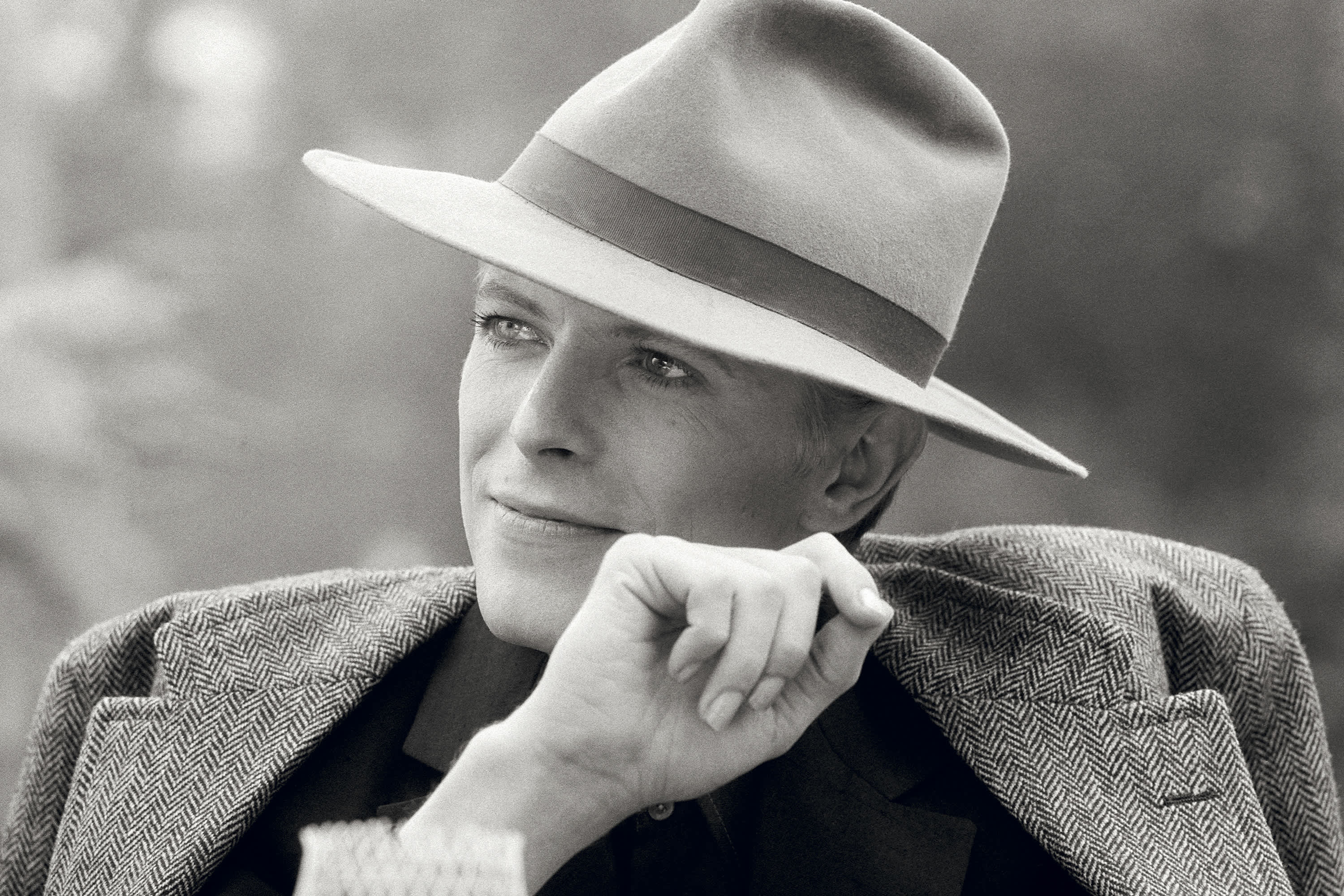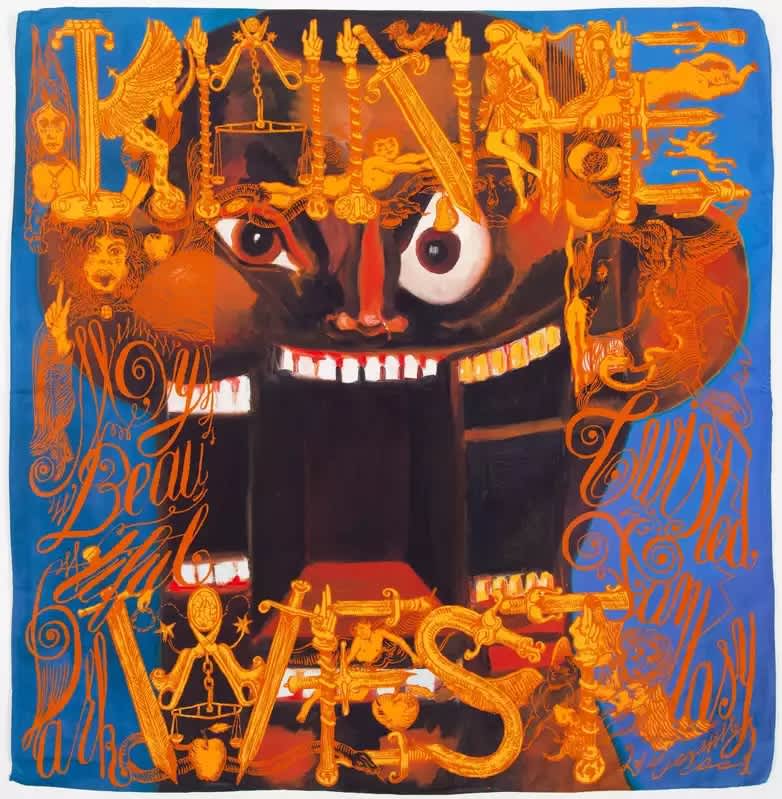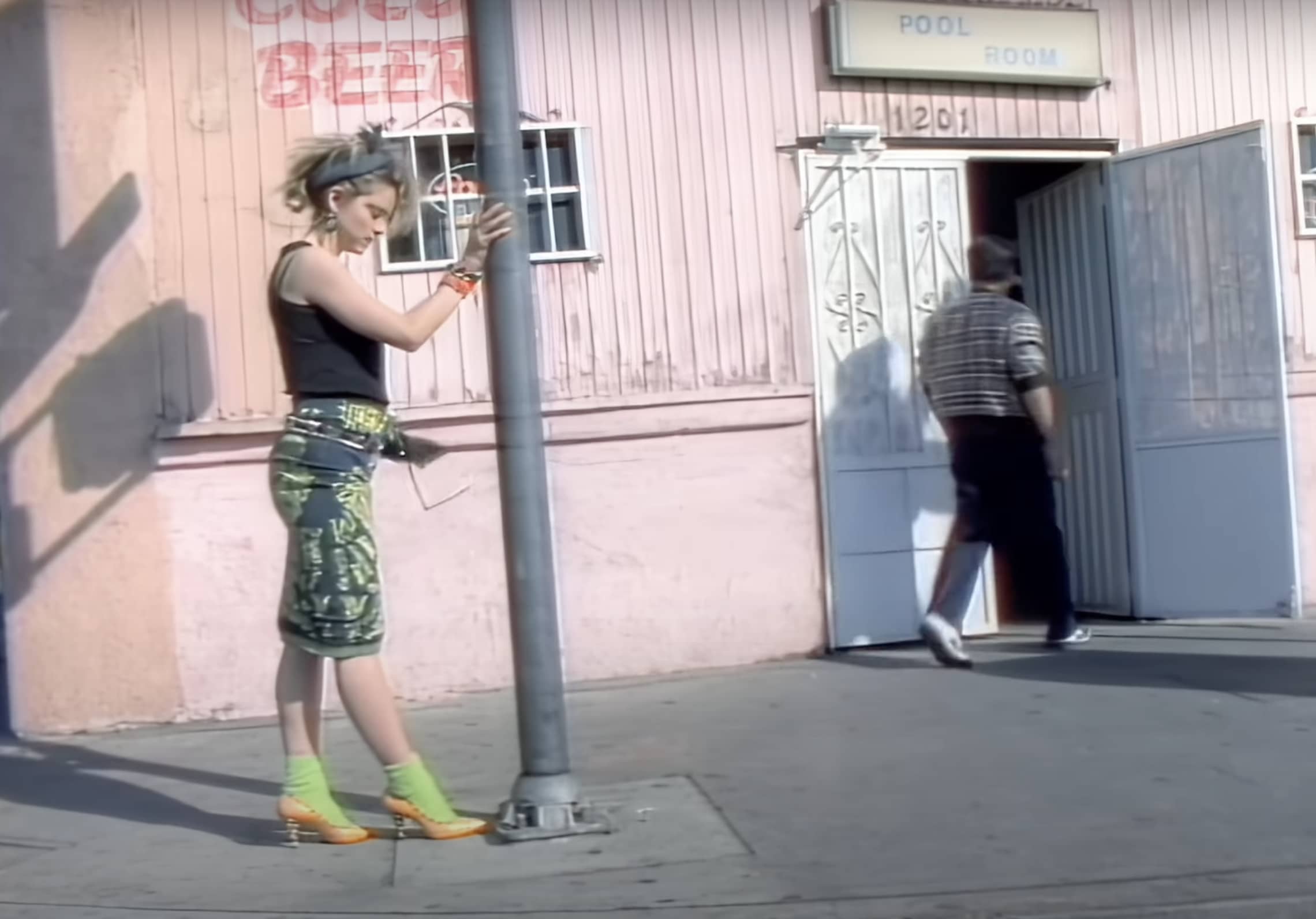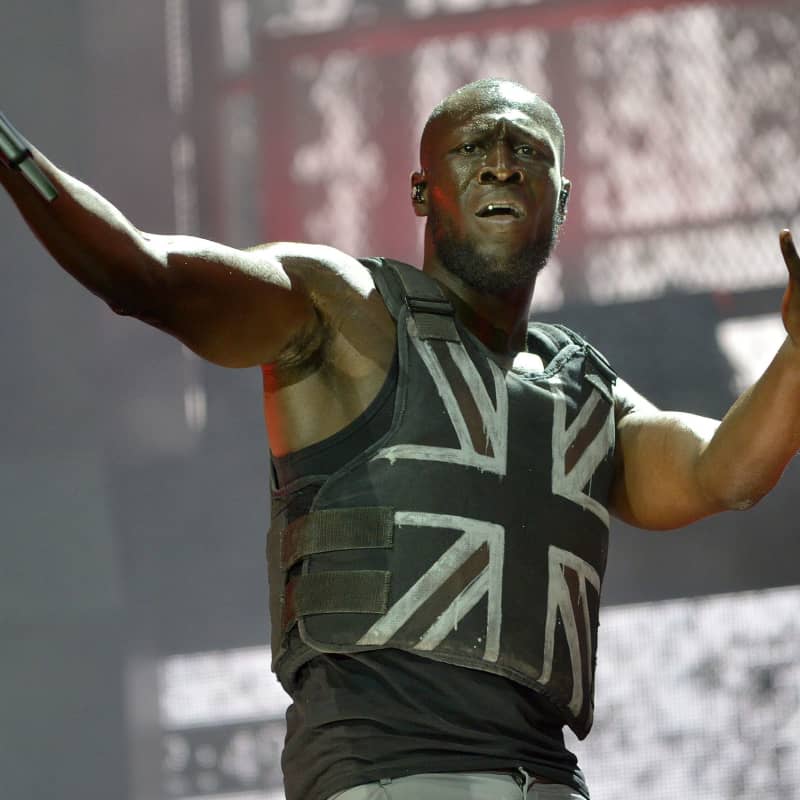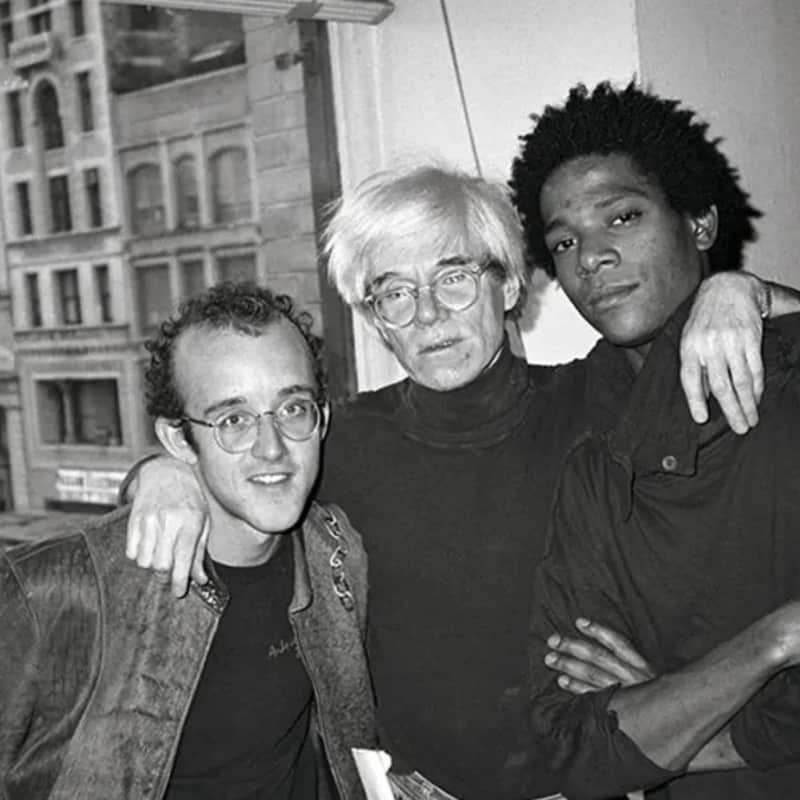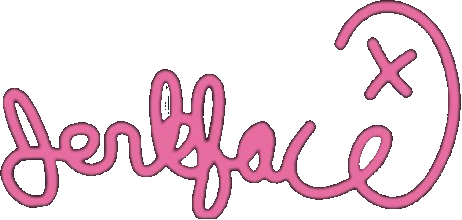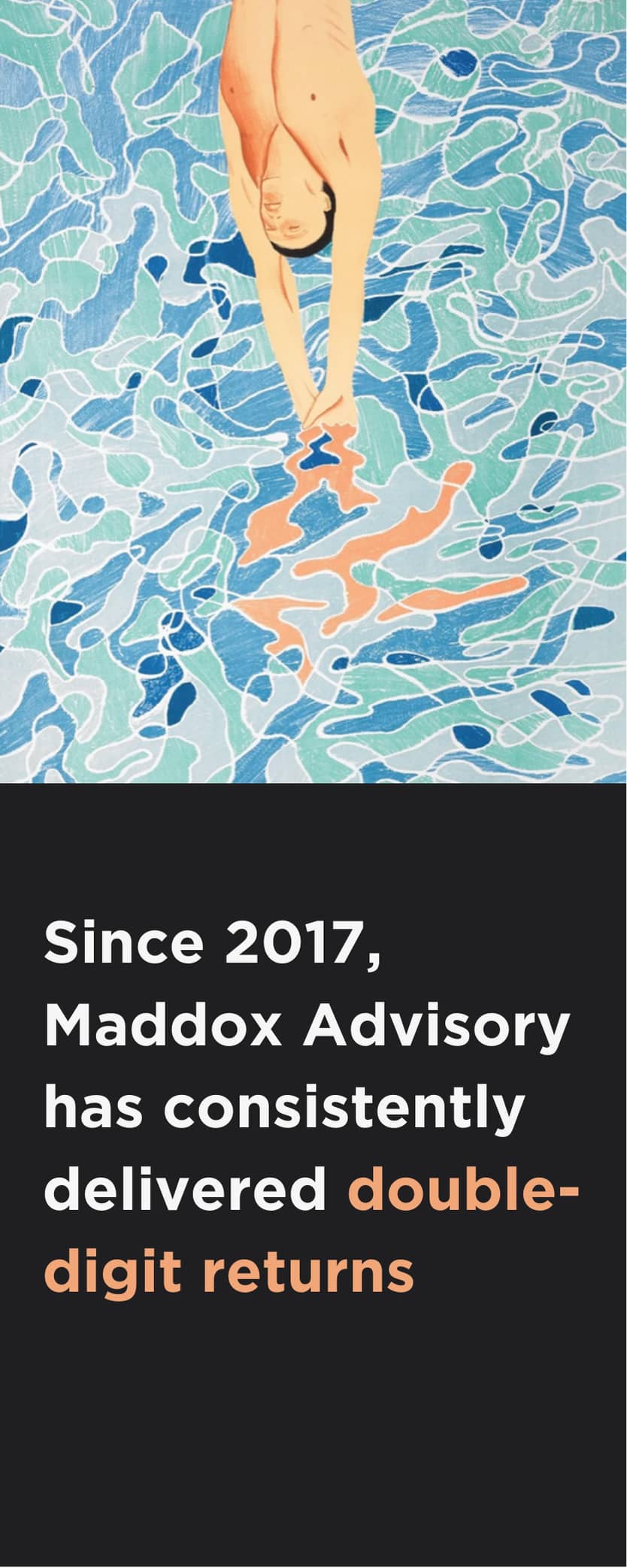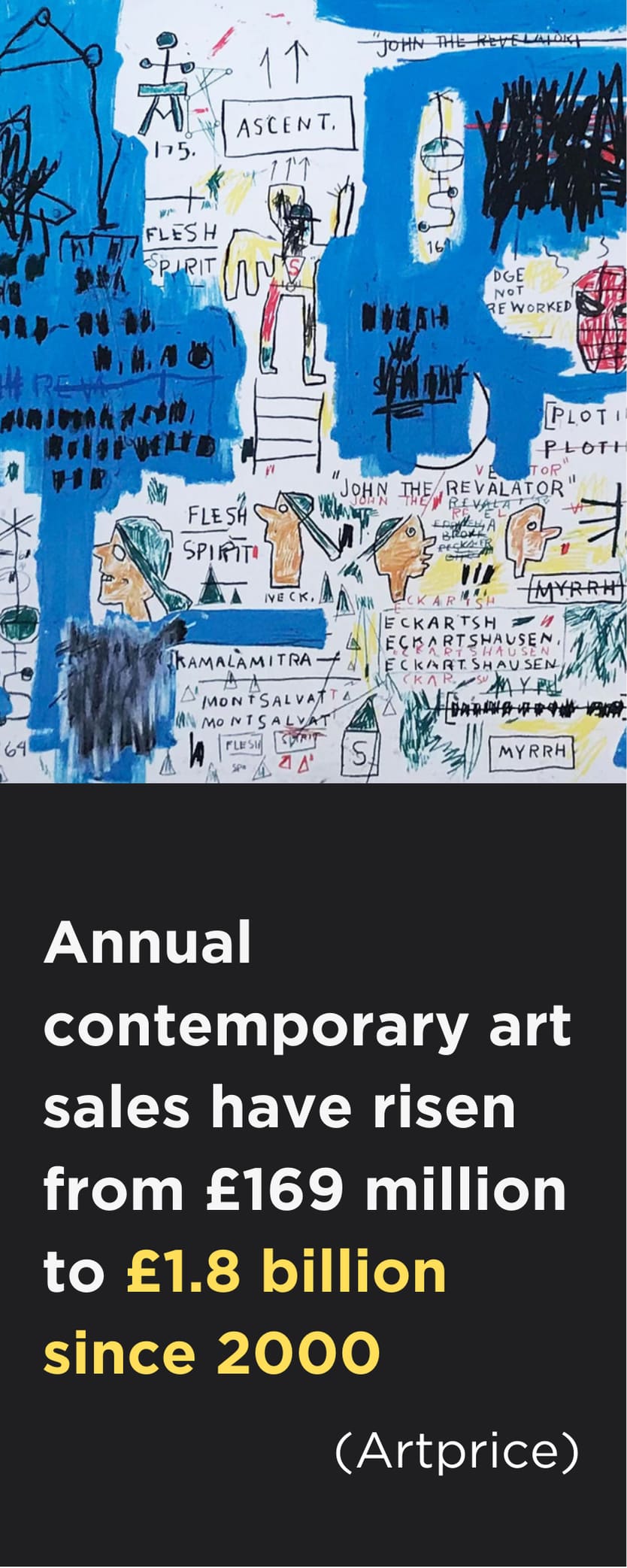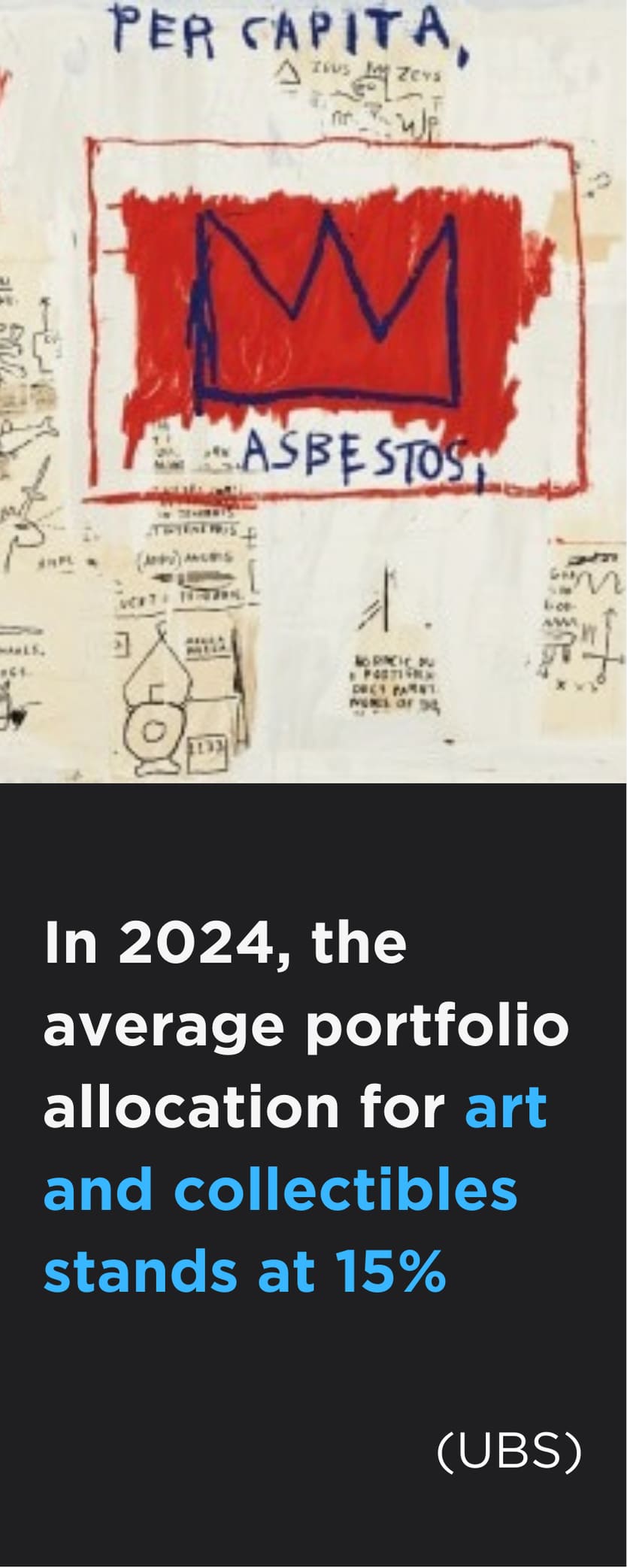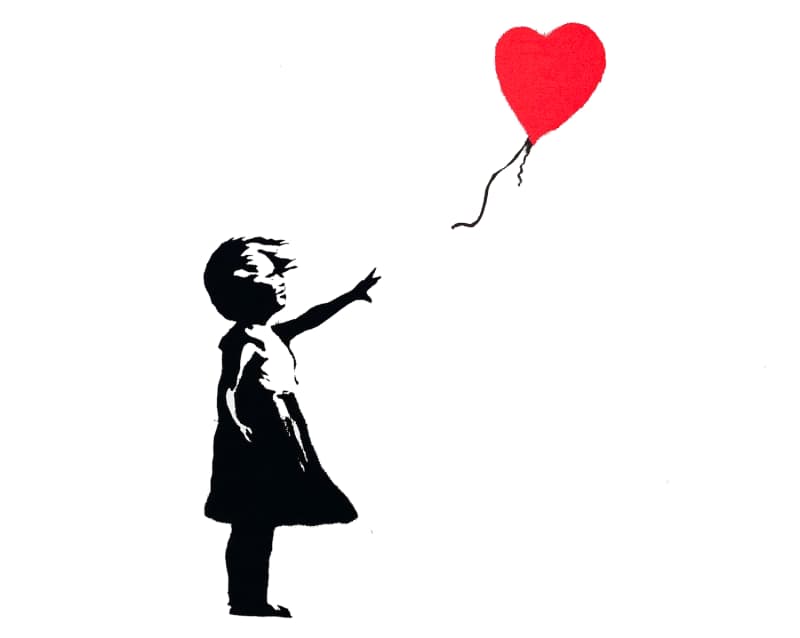As the 2025 Grammy Awards celebrate the best in music, we honour the deep connection between sound and art. From bold abstractions to lyrical brushstrokes, discover 5 contemporary artists inspired by music, exploring how rhythm, melody, and collaboration shape their creative vision.
Introduction
Art and music have always been intertwined, each shaping and inspiring the other. From ancient cave paintings that seem to echo the rhythm of early tribal chants to vibrant album covers, music has been a driving force behind many artworks. Throughout history, artists that are inspired by music have found ways to translate sound into visual form, capturing the essence of rhythm and melody in colour, shape, and movement.
One of the most famous paintings inspired by music was created by the Abstract Dutch painter Piet Mondrian. Broadway Boogie Woogie (1942) paid tribute to the vibrant jazz scene in New York, a city he had recently relocated to in the wake of World War II. Similarly, art has spurred musical masterpieces, with The Great Wave off Kanagawa by Katsushika Hokusai—one of the most recognisable pieces of Japanese art—said to have inspired Claude Debussy’s La Mer.
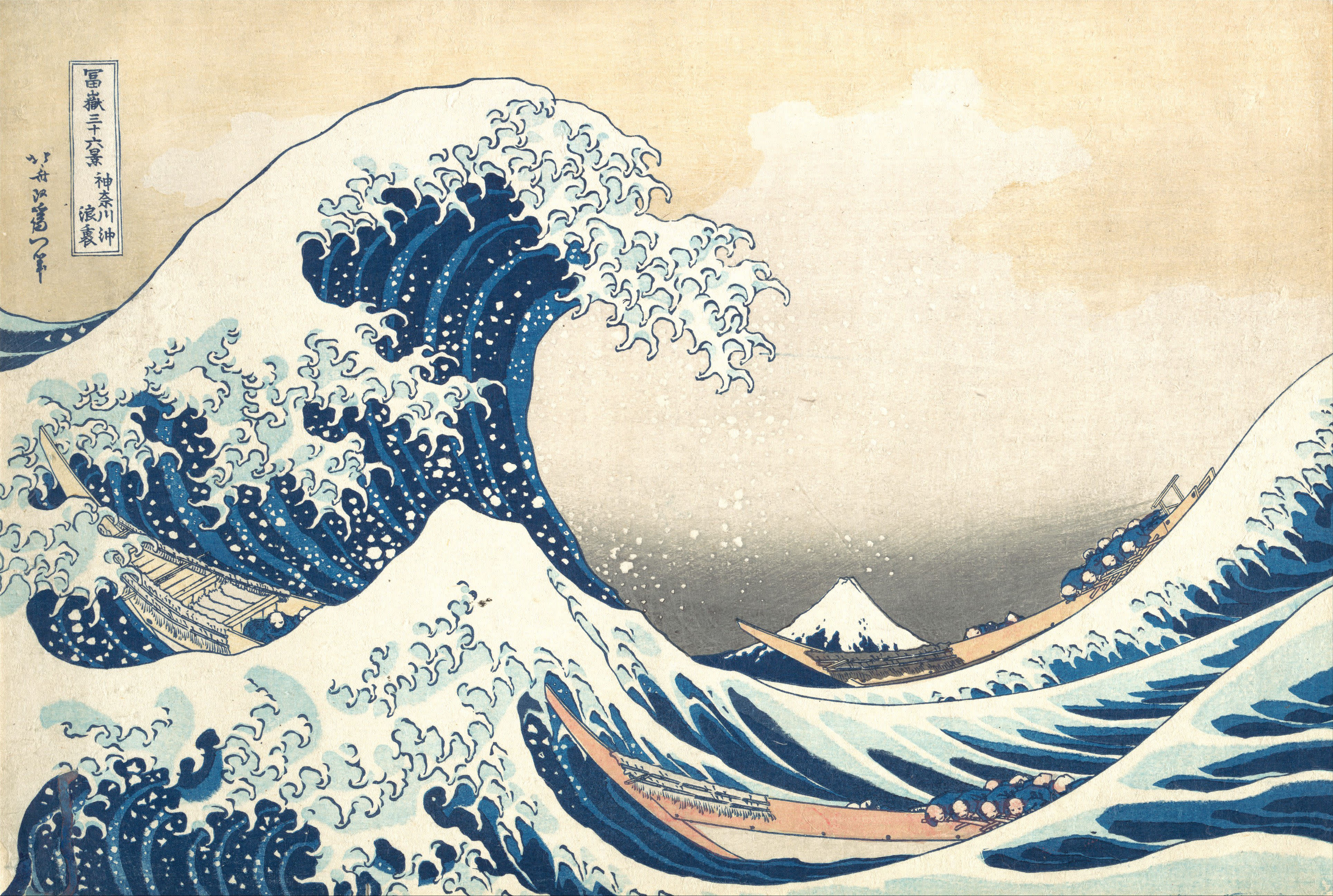
Katsushika Hokusai, The Great Wave off Kanagawa (1831)
Whether through collaborations with musicians or deep personal connections to sound, music has compelled some of the world’s most renowned artists to create. As the 2025 Grammy Awards bring music’s finest to Los Angeles, let’s explore the enduring bond between both creative arts, and meet the Contemporary artists inspired by music who use sound as a powerful muse.
Five Contemporary Artists Inspired by Music
Today, many Contemporary artists draw directly from music, using its energy and structure to inform their work. Whether through dynamic patterns that echo pulsing beats or motifs that channel the rhythm of the times, discover five artists whose work transforms sound into striking visual experiences.
1. Terry O’Neill: Capturing Music Icons Through Photography
Terry O’Neill, David Bowie (1975) Lifetime Gelatin Silver Print
British photographer Terry O’Neill didn’t just capture some of the great music legends. His images were windows into the energy, charisma and evolution of the music scene in 1960s London. An era of cultural and social revolution in Britain, O’Neill’s photographs told the story of rock and roll, jazz and pop through a raw, unfiltered lens. From intimate backstage moments to electrifying stage performances, O’Neill’s work went beyond documentation to become an essential part of music history.
Iconic Terry O’Neill portraits of The Rolling Stones, David Bowie and Elton John captured the essence of their rockstar energy. With Elton John, O’Neill brought his colourful stage persona to life, photographing him in moments of flamboyant spectacle and quiet introspection. A series of Terry O’Neill David Bowie artworks, meanwhile, mirrored the chameleon-like artistry of a musician with many faces.
Whether photographing a young Mick Jagger with unexpected tenderness or The Beatles in the very early days of their success, O’Neill amplified the personas of his subjects, translating sound into image and preserving the potency of their music for generations to come.
2. George Condo Album Covers: Warped Portraits of Musical Artists
George Condo X Kanye West X M/M Paris | My Beautiful Dark Twisted Fantasy (2011)
American visual artist George Condo has long been fascinated by the interplay between sound and image. “Music is such a huge part of my life, without it I don’t know if I'd ever have painted anything,” he once remarked.
While Condo is best known for his grotesquely distorted yet strangely elegant portraits, his connection to music runs far deeper than visual aesthetics. During his university years, the artist studied music theory, an influence that continues to shape his approach to painting. He has often compared his drawing process to jazz, with its balance of structure and spontaneity.
Much like a jazz musician riffing on a core melody, a piece of George Condo art unfolds organically, with bold improvisations layered over solid foundations. His fragmented figures, exaggerated expressions and dynamic brushstrokes mirror the unpredictability of freeform jazz, evoking a sense of rhythm and movement that makes his work feel almost audible.
His deep musical sensibility is evident in his collaborations with musicians, including cover art for Travis Scott and Phish. Most famously, a George Condo Kanye West collaboration resulted in the album art for My Beautiful Dark Twisted Fantasy, with the artist producing a series of surreal, distorted portraits that captured the album’s grandiose yet chaotic spirit. Blending classical painting techniques with hip-hop’s raw energy, the provocative imagery is a stunning example of visual art inspired by music.
3. Cooper Art: A Soundtrack to Painting
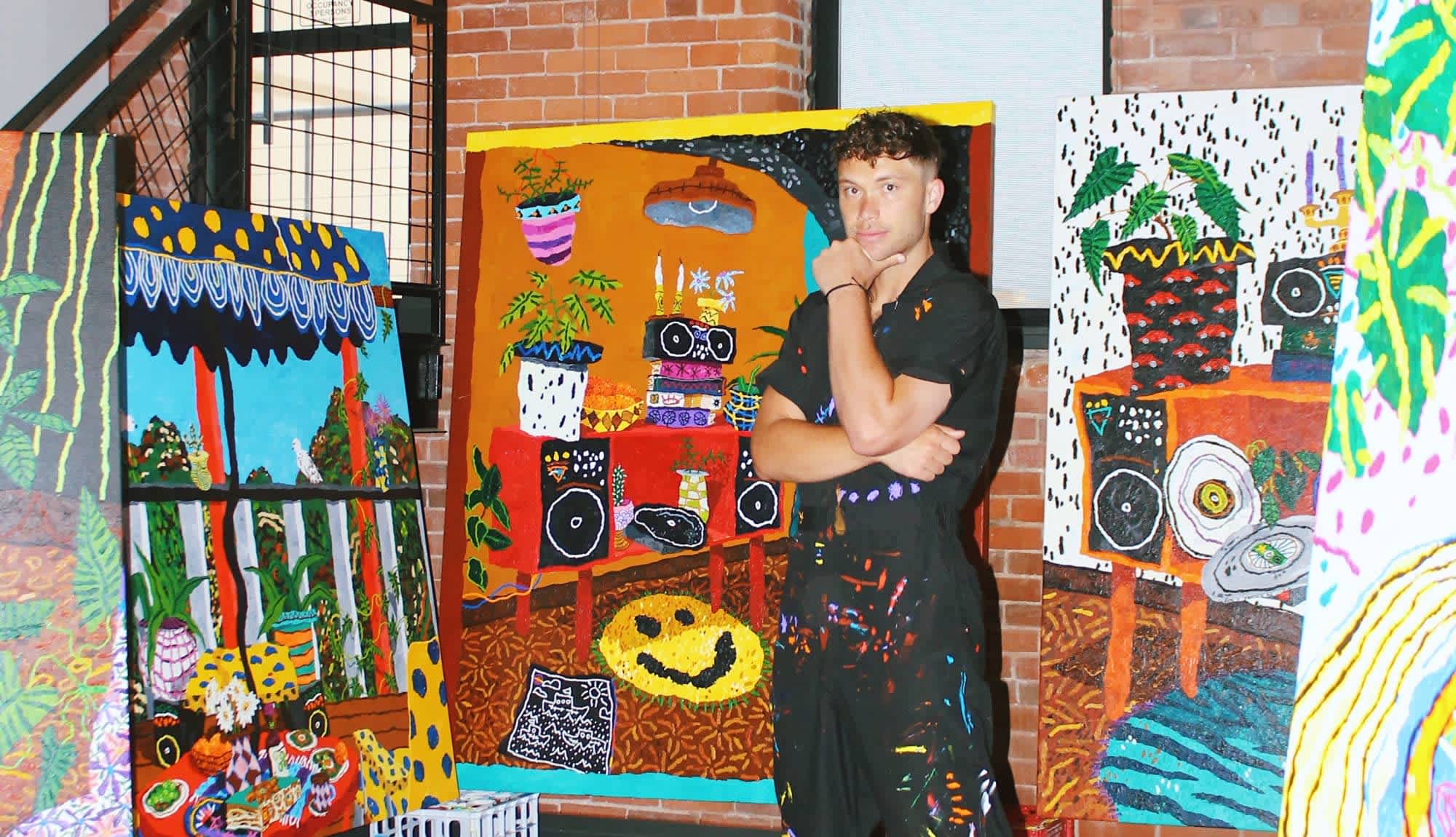
You don’t need to ask Cooper if he’s one of the Contemporary artists inspired by music—it’s obvious from his paintings. Often integrating stereos, record players and vinyl, his art suggests a dialogue between auditory and visual experiences that goes beyond mere representation.
Cooper has often discussed his deep connection to music with our Artistic Director, Maeve Doyle, explaining how his mood and painting style shift depending on what he’s listening to. He describes his paintings as “a guide on how to live well”, reflecting a philosophy where everyday objects take on deeper meaning.
As a child, the artist Cooper was surrounded by music, with the albums played on his grandparents’ record player becoming the soundtrack to his most formative years. This left a lasting impression on him, with the record player becoming a signature motif in his work, as a visual representation of the sounds that shaped his early life. A symbol of memory and inspiration, it continues to resonate in Cooper’s practice, reflecting his enduring connection to music and the way it has shaped his creative vision.
His still lifes are more than just depictions of things he loves—they are celebrations. Framed within radiant, rhythmic patterns, each piece of Cooper art exudes warmth and positivity, much like a favorite song that lingers long after it ends. His work invites viewers to not only see but also feel the music, blurring the line between what is heard and what is seen, and reinforcing the idea that music and visual art are intrinsically connected.
4. Lefty Out There: Blending Music and Murals
Lefty Out There, Rose Porta (2024) Acrylic, birch, and poplar
Chicago-based artist Lefty Out There has immersed himself in music his entire life, weaving rhythm into his visual art by counting to a steady beat that guides each brushstroke. Growing up in Chicago, the birthplace of house music, Lefty developed a profound connection to the music scene, collaborating on a variety of music inspired art projects, including visuals for Megan Thee Stallion and Bad Bunny music videos.
More recently, he brought his unique touch to the live shows of fellow Chicagoan and dance music sensation, John Summit, creating moving, music inspired art murals. "Watching my artwork come to life in motion, synchronized with music, allows my patterns to evolve in ways I could never capture on a canvas," he shared with Flaunt Magazine.
The artist recently posted a story on Instagram of his trip to the Sphere in Las Vegas to witness Anyma’s groundbreaking electronic music and contemporary art project. This experience reflects the kind of boundary-pushing innovation that is always present in Lefty Out There art and resonates deeply with his own artistic journey.
Capturing the raw energy, rebellion and creativity of musical subcultures, Lefty’s signature fluid, looping patterns mirror the hypnotic rhythms of electronic music. Through these patterns, he channels the soul of the beats, translating its pulsing energy into a visual experience that feels as alive and constant as music.
5. Keith Haring Hip Hop Inspired Art: The Beat of the Streets
Madonna wearing a Keith Haring skirt in The Borderline (1984) music video
Keith Haring's artwork pulsed with the heartbeat of 1980s street culture. His vibrant figures, often depicted in motion, mirrored the energy of the era's burgeoning hip-hop scene, with the rhythmic quality of his lines and patterns echoing the beats and breaks that defined the music. Haring's work wasn't just about the culture—it was an integral part of it, a visual representation of the raw creative spirit that permeated the streets and clubs of New York City.
Haring's collaborations with musicians reinforced his connection to the music world, with his work transcending the canvas to become a visual extension of the sounds that were shaping the decade. Perhaps the most well-known example of this synergy is the partnership between Keith Haring and Madonna. Epitomising this fusion of art and music, Madonna wore Haring's designs in her music videos and on stage throughout the 1980s, pushing the boundaries of both disciplines and bringing them to a wider audience.
Of all the artists that use music as inspiration, Haring is perhaps the most famous. His simplistic dancing figures, drawn in movement, capture the joy and liberation of bodies on the dance floor. Whether it was the raw energy of a hip-hop show or the eclectic mix of sounds in a downtown club, Haring's art resonated with those who found expression through music and dance. This connection is beautifully expressed in the Keith Haring dancing figures series.
The Hip Hop and Street Art Connection
Hip hop and street art have long shared a deep cultural connection. From the early days of graffiti life to modern collaborations between rappers and street artists, music has shaped the visual language of urban art.
Hip hop was born in the Bronx during the 1970s, a time when the borough was grappling with economic decline, social unrest and widespread neglect. In the face of these challenges, young people from marginalised communities turned to creativity as both an escape and a means of empowerment. What began as an underground movement soon flourished into a dynamic culture built on four core elements: MCing, DJing, breakdancing and graffiti.
Graffiti, in particular, became a bold visual language of the streets. Young artists transformed walls, subway cars and alleyways into vibrant canvases, using spray paint to tell stories of struggle, survival and defiance. These striking visuals mirrored the energy of hip hop music, both driven by an unfiltered need for self-expression and rebellion. As hip hop grew, graffiti remained intertwined with its essence—both art forms rooted in raw creativity and the desire to be seen and heard.
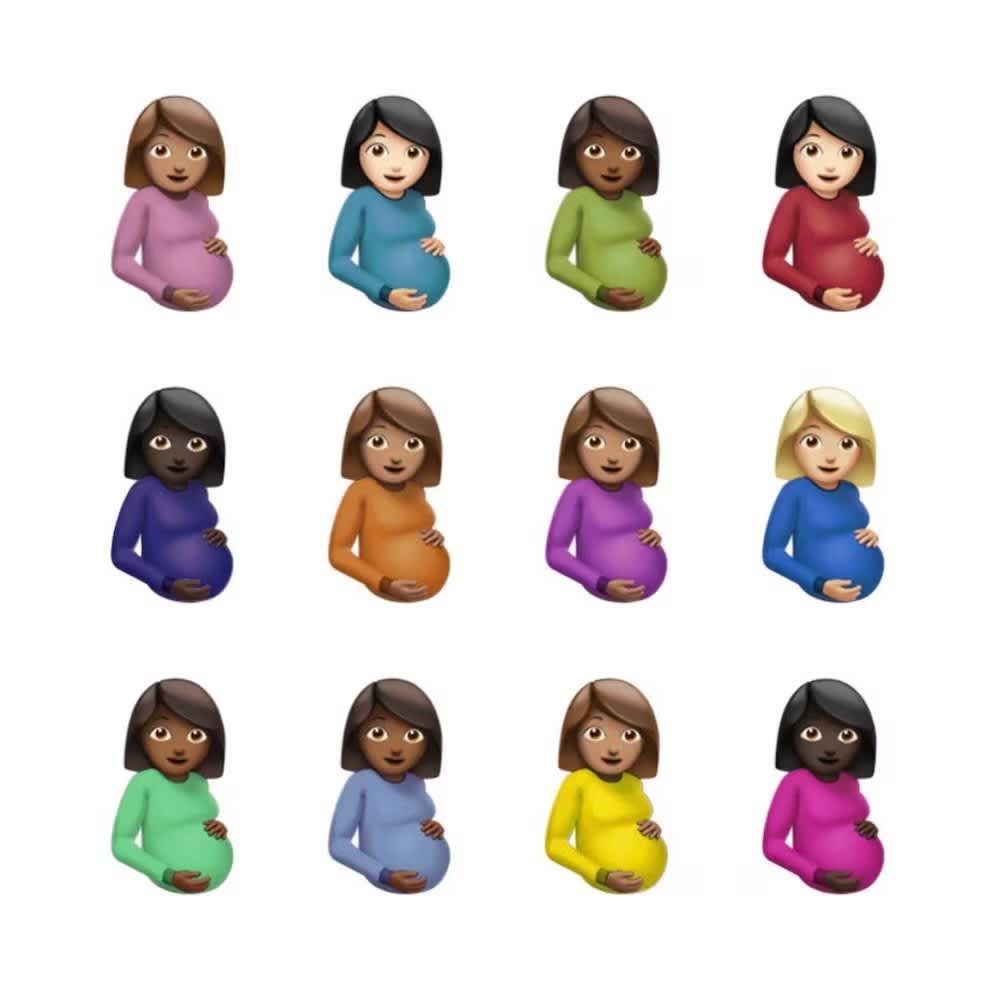
Damien Hirst designed cover art for Drake’s album Certified Lover Boy
In the modern era, the fusion of hip hop and art has evolved through music videos and album covers. Artists like Kanye West, Kendrick Lamar and Drake have all enlisted the help of famous artists to create music inspired paintings that serve as extensions of their musical narratives. Kanye’s collaborations with Takashi Murakami, KAWS and George Condo all resulted in iconic album art, while Drake enlisted the help of Damien Hirst for Certified Lover Boy. Hip hop’s intersection with art took an unexpected turn when Stormzy wore a Banksy-designed stab-proof vest at Glastonbury, turning fashion into a powerful statement on youth violence and social inequality.
"Rapper’s Delight: The Seminal Influence 50 Years of Hip Hop has had on the World" further explores the hip hop art connection between graffiti, hip hop and street art, and how they have continued to evolve together.
The Lasting Connection Between Music and Art
The bond between music and visual art remains as dynamic and influential as ever. From historic masterpieces influenced by sound to modern collaborations shaping album covers and stage designs, the fusion of these two creative worlds continues to flourish.
As the connection deepens, we see an increasing number of artists using music as both a muse and a medium, whether through collaborations with musicians, experimental digital art or large-scale installations designed to move in sync with sound. This powerful ongoing synergy is a sure sign that music and art will continue to shape culture, challenge boundaries and offer new ways to experience creativity long into the future.
Explore Maddox Gallery’s collection of artwork inspired by music. Book a consultation with Maddox Gallery to discover famous artists inspired by music.
